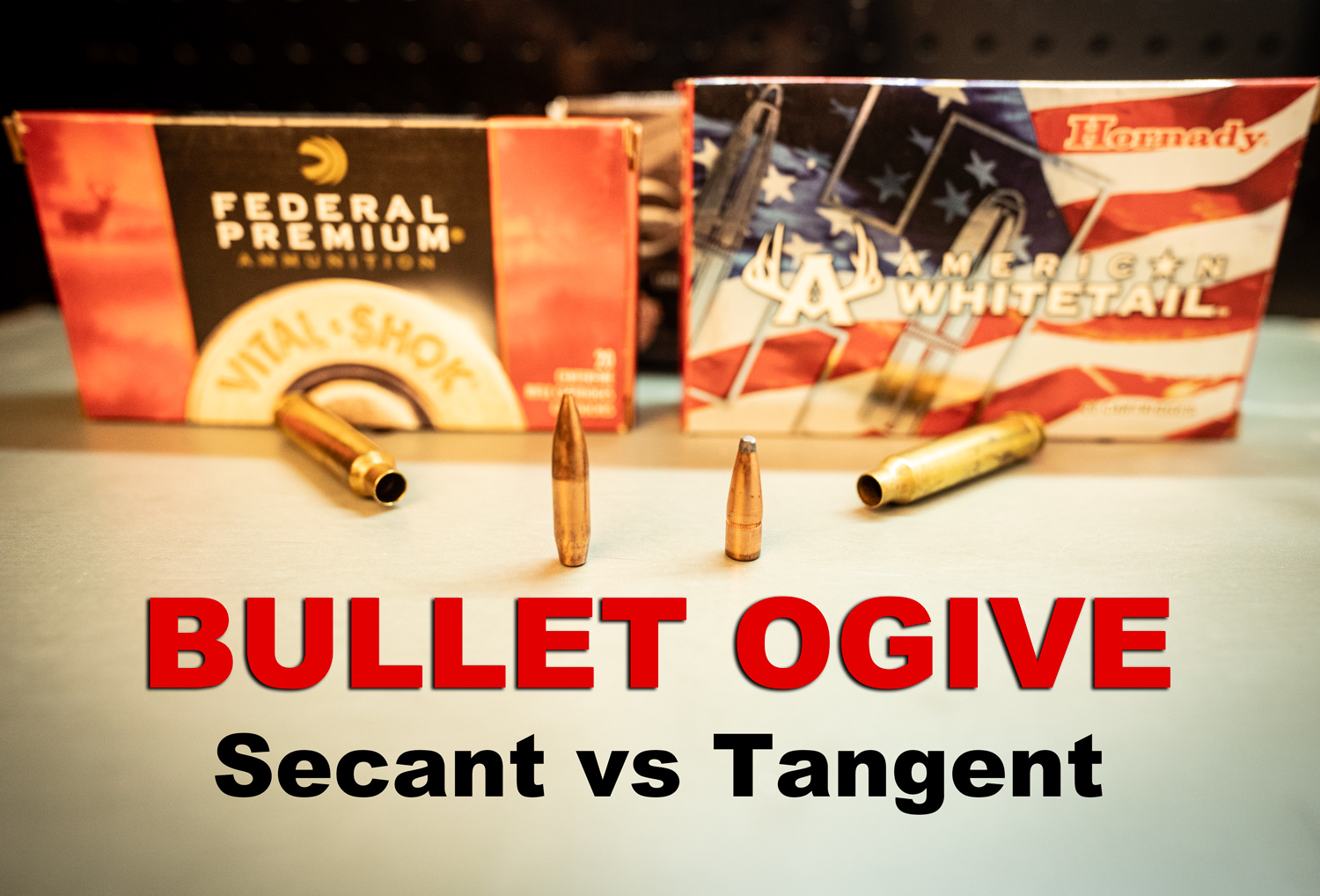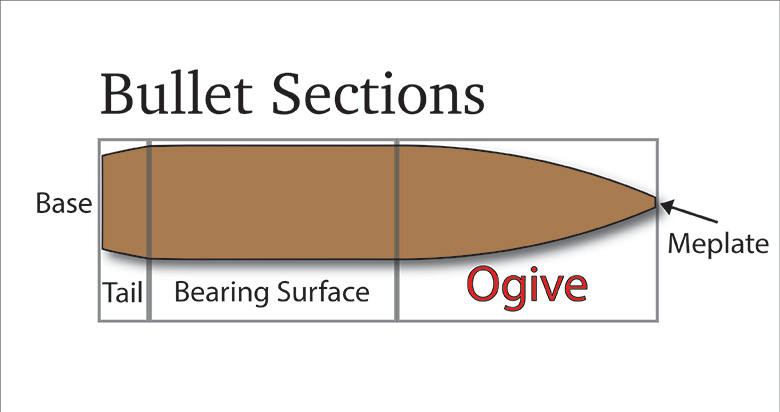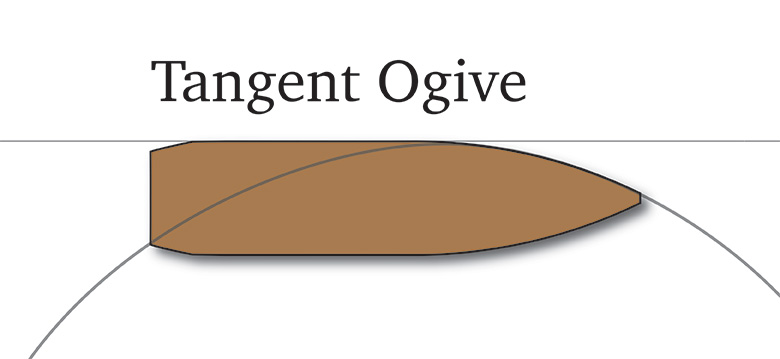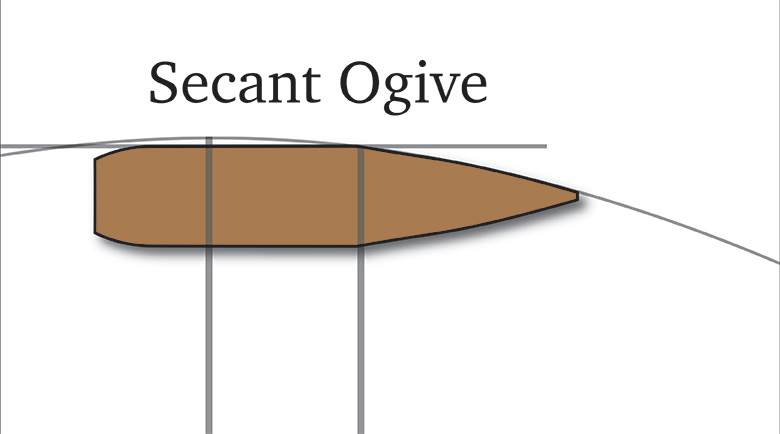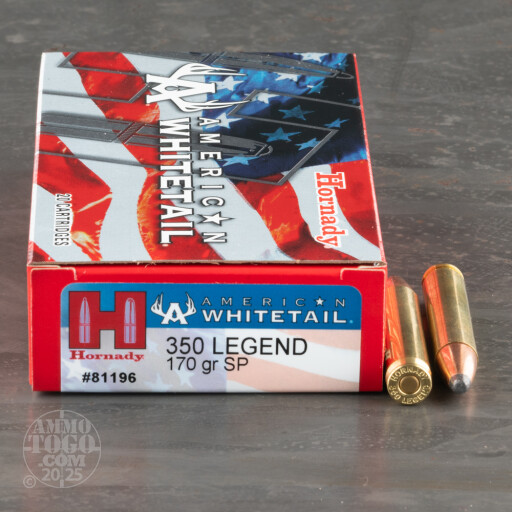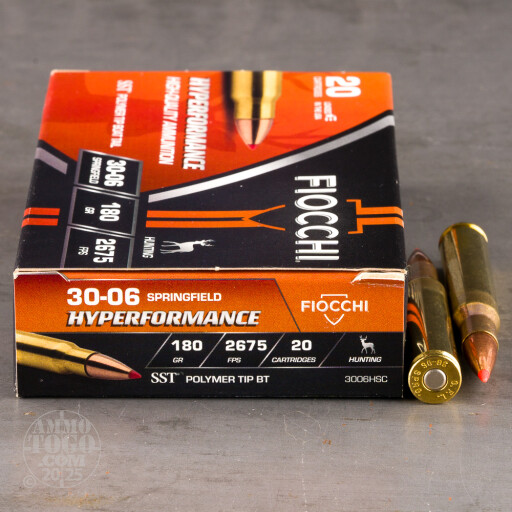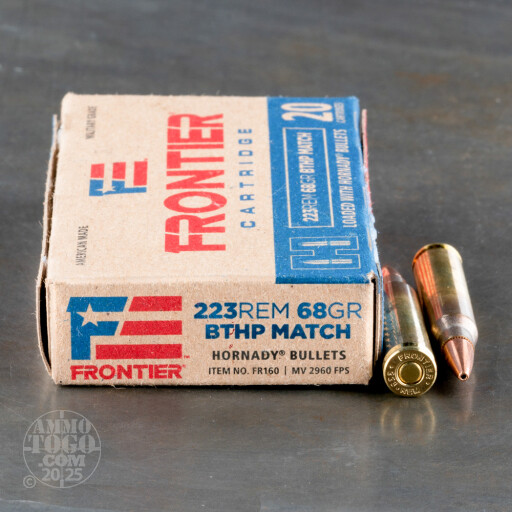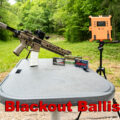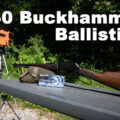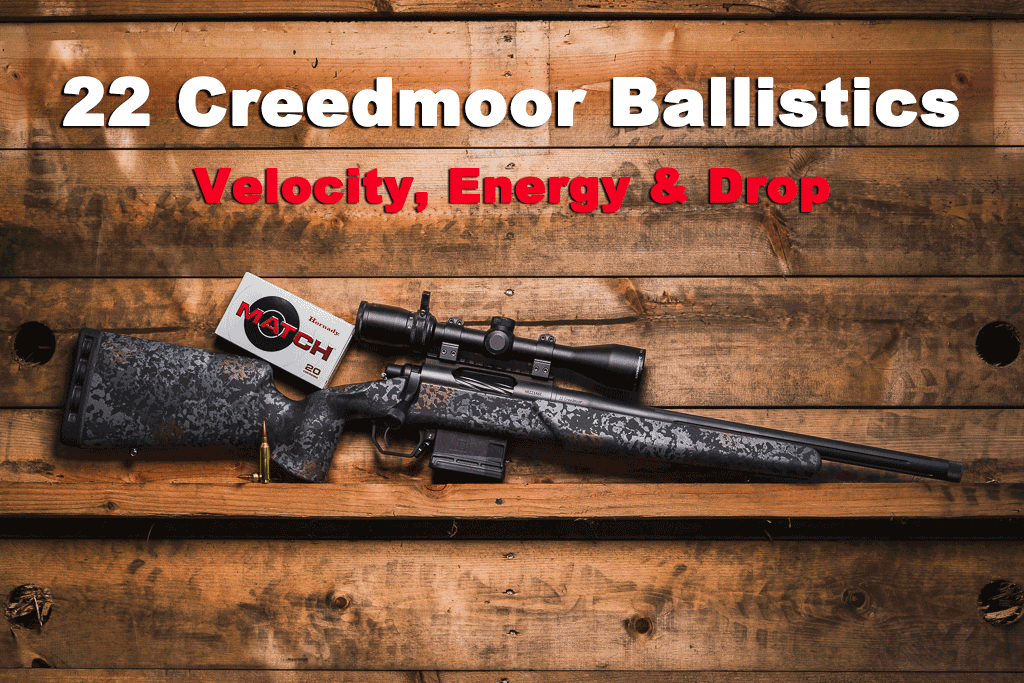A look at what bullet ogive is, why it matters to shooters, and what the difference between secant and tangent bullets are.
What’s your favorite type of ogive?
What, you don’t have an answer? You don’t automatically have a favorite ogive? And you consider yourself a knowledgeable gun owner? For shame!
In the never-ending discussion of ballistics, you’ll come across two terms that seem obscure and insignificant but can have a profound impact on shooting and reloading: tangent ogives and secant ogives.
These terms can be highly technical. After all, they are rooted in mathematics, geometry, and engineering. The casual target shooter likely has no understanding of the differences between tangent and secant, but the subject is not as confusing or intimidating as it seems. Frankly, you don’t need a dual master’s degree in physics and engineering to know the difference.
To understand tangent vs secant ogives, we first need to take a step back and examine a few essential terms…
The Terms of a Bullet
A bullet has numerous sections; understanding these components helps us understand tangent ogive vs secant ogives.
The bearing surface is the cylindrical body of the bullet. It’s the widest section of the bullet, the area that makes contact with the inner tube of the barrel.
The meplat is the absolute tip of the bullet.
What is Bullet Ogive?
The ogive (pronounced “oh-jive”) is the cone-like section between the body of the bullet and the meplat. It’s the area that narrows from the bearing surface to the meplat.
Ogive is an engineering and mathematics term. (So are tangent and secant.) Ogive is the rounded end of an object, which can be either two- or three-dimensional. Ogives are used in engineering, architecture, woodworking, mathematics, and other disciplines.
Another way to conceptualize the ogive is to think of it as the football-shaped front section of the bullet.
The tangent vs secant debate centers around the shape of the ogive.
What are Tangent Ogive Bullets?
In mathematics and engineering, a “tangent” is the intersection of a circle and a straight line. A “tangent line” touches a circle or a curved surface at a single point. The term “going off on a tangent” comes from leaving the circle and going off on the tangent line.
Imagine a 2D drawing of a bullet’s side profile. A tangent ogive means designers have drawn a line down from the point where the bearing surface meets the ogive. From this point, they created an arc to form the ogive.
What are Secant Ogive Bullets?
In mathematics and engineering, a secant is a line that intercepts with a circle twice. Imagine a circle with a line going through, perhaps near the top. The two points where the line touches are the secant points. While a tangent line just touches the outside of the circle, creating a smooth, rounded beginning to the bullet ogive, the secant is far more sharp and abrupt.
For a 2D drawing of a secant bullet, instead of drawing the vertical from the intersection of the bearing surface and ogive, the line is brought backwards towards the base of the bullet. This creates a sharper, more visible point where the bullet begins to narrow.
This tends to create longer bullets that have an elongated, pointed profile.
Most shooters and reloaders are less concerned with the technical design and engineering facets of a bullet. What they want to know is how the design impacts performance and capability. The differences, in this case, may seem minor, but they can be significant to many users.
The Pros and Cons of Tangent Ogive
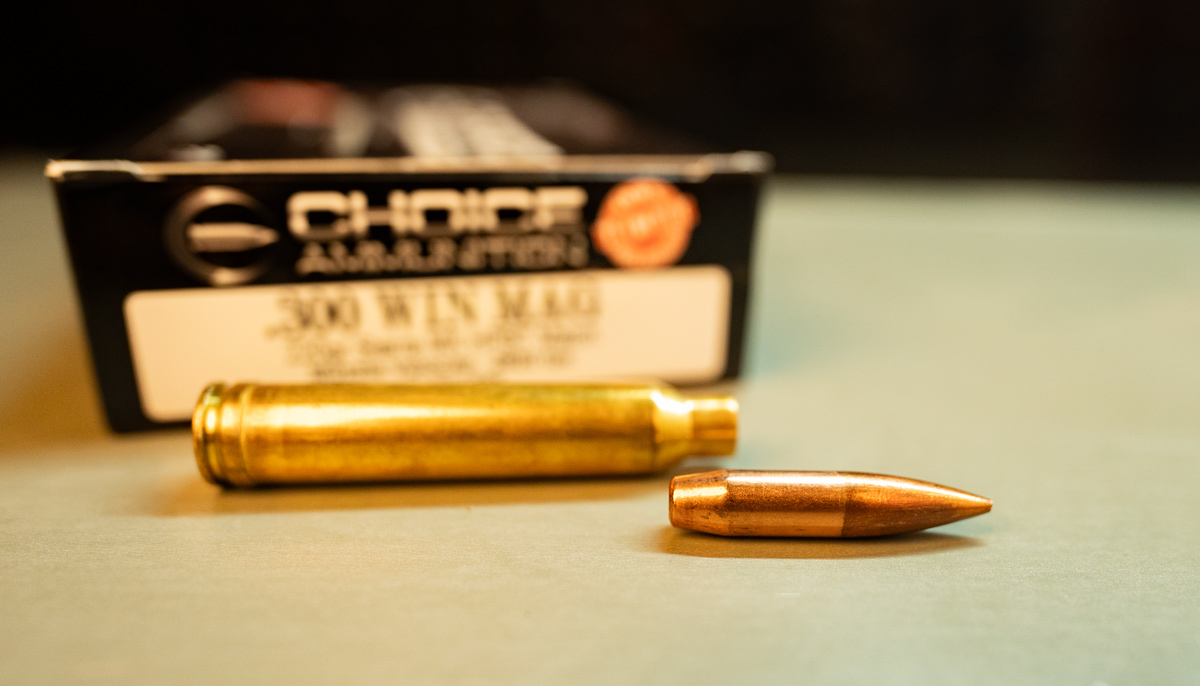
A bullet with a tangent ogive has a smooth structure; the bearing surface and ogive gently come together. The connection point on most bullets is nearly impossible to spot, as it gradually tapers into the nose. This makes the bullet better at aligning itself into the grooves or “lands” of the rifling. The bullets are less sensitive to seating depth, making them easier to reload. Simply put, tangent ogive bullets engage better with the lands of the barrel rifling.
However, they are less aerodynamic than secant bullets. When comparing tangent vs secant ogives, you’ll find that tangent rounds have a lower ballistic coefficient. This has implications for accuracy, especially at a distance.
Examples of tangent bullets:
Sierra MatchKings are a good example of a tangent bullet. A lot of Nosler’s ammo line-up is tangent also.
The Pros and Cons of Secant Ogives
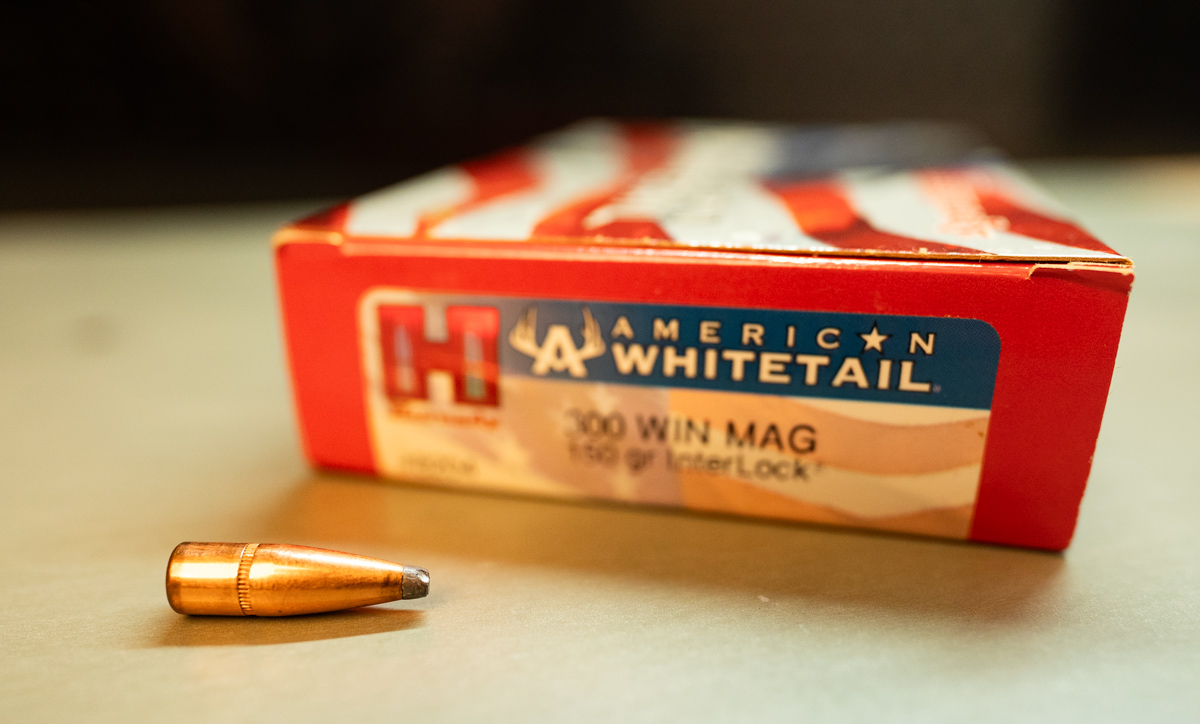
Secant bullets tend to have a higher ballistic coefficient, which is the measurement of air resistance. Basically, the secant design creates a more aerodynamic profile, so they are often better for long-distance target shooting.
Reloaders need to be very meticulous when seating secant bullets. These rounds are very sensitive to seating depth because the shape does not smoothly glide into the grooves like a tangent ogive.
Examples of secant bullets:
• .223 Remington: 68-grain Hornady Frontier BTHP
• .350 Legend: 170-grain Hornady American Whitetail Interlock
• .30-06 Springfield: 180-grain Fiocchi Extrema SST
Another Option: Hybrids
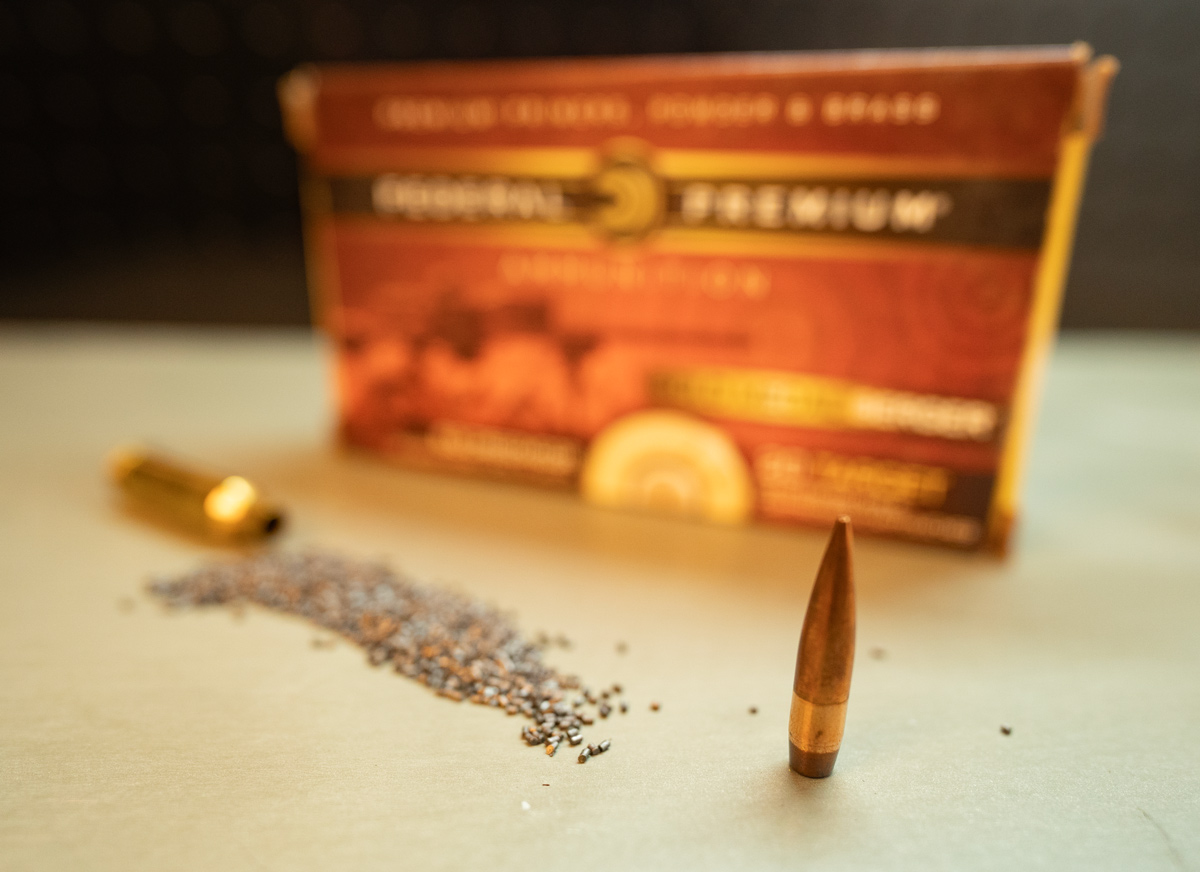
Bullet designers and engineers are not chained to either tangent or secant ogives. They can, if desired, create hybrid designs that use the best of both. Hybrid ogives, essentially, combine the strengths of both without suffering the weaknesses.
Most hybrid bullets are shaped like a tangent ogive round at the point where the bearing surface meets the ogive. But then they extend into a secant, creating a superior ballistic coefficient.
The result is a better transition into the grooving while also maintaining accuracy.
Examples of hybrid bullets:
• .270 Winchester: 140-grain Federal Berger Hybrid Hunter
Secant vs. Ogives: When to Choose One of the Other?
Choosing between one type of bullet and the other can seem confusing, but there are ways to decide. Because tangent ogive bullets are less sensitive to seating depth, they may provide a better option for new reloaders. However, if you are well versed in the practice and want a more accurate bullet for long-distance shooting, secant is a fine choice.
Whichever bullet you choose, you’ll find a variety of options from ammotogo.com. We have reloading supplies and bullets to help you create the perfect round for competition and hunting.
